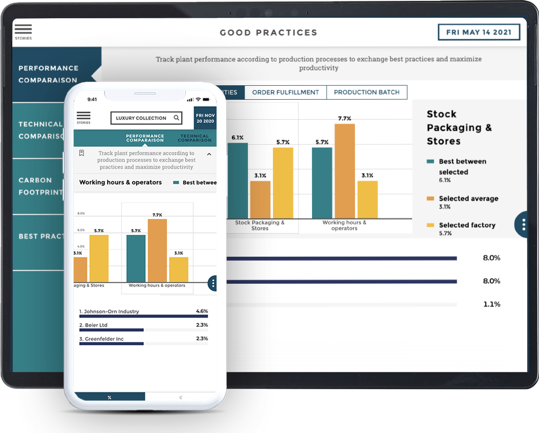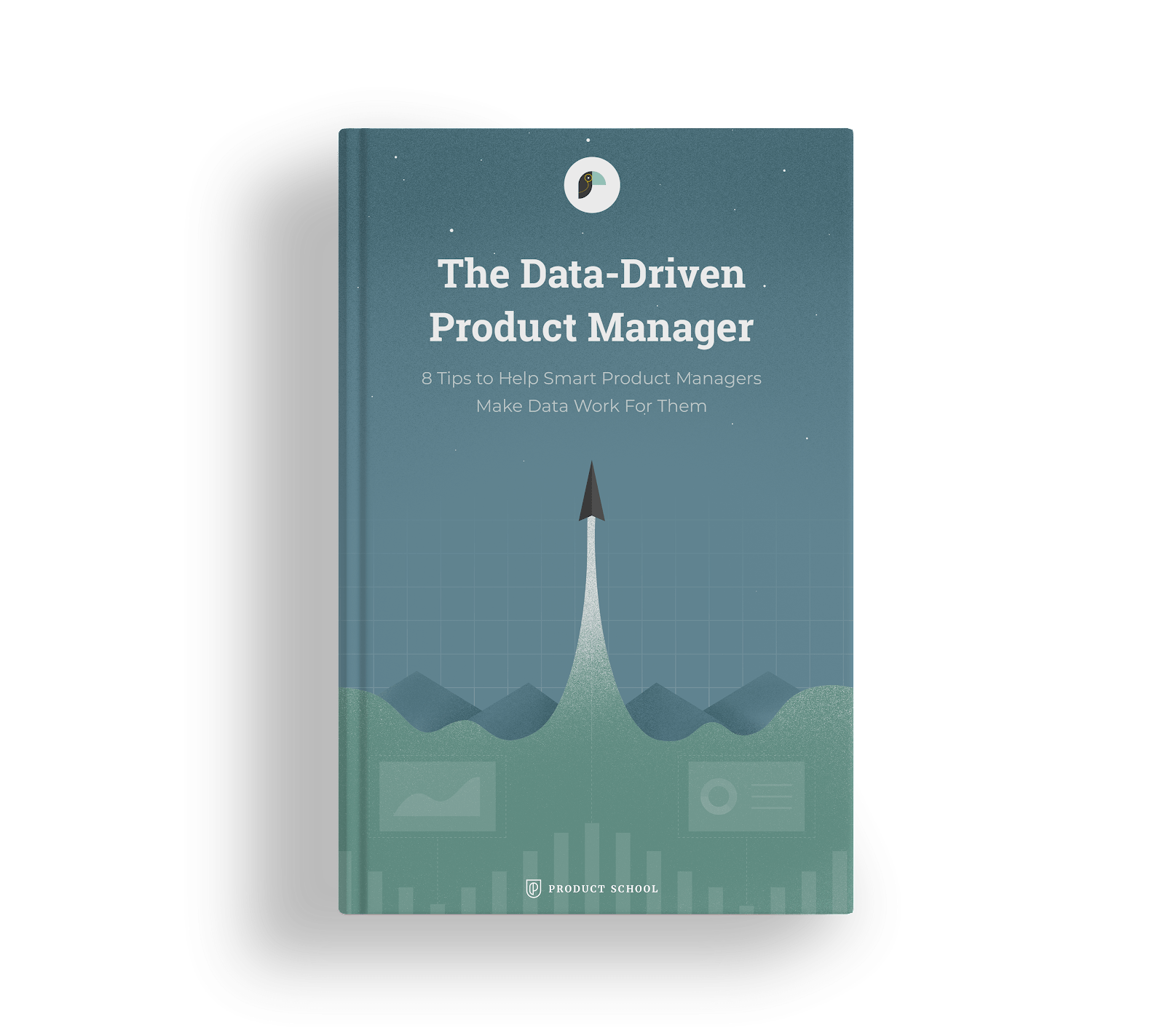Beyond the fact that the crisis is compartmentalized into two different aspects, very much interlinked with each other (personal and economic), the purpose of this article is to provide an overview of companies that have reinvented themselves and found intelligent solutions to manage, prepare and equip themselves for the exit from the crisis.
For instance, companies like Airbnb, Square, and Stripe came into being during 2008’s global financial recession.
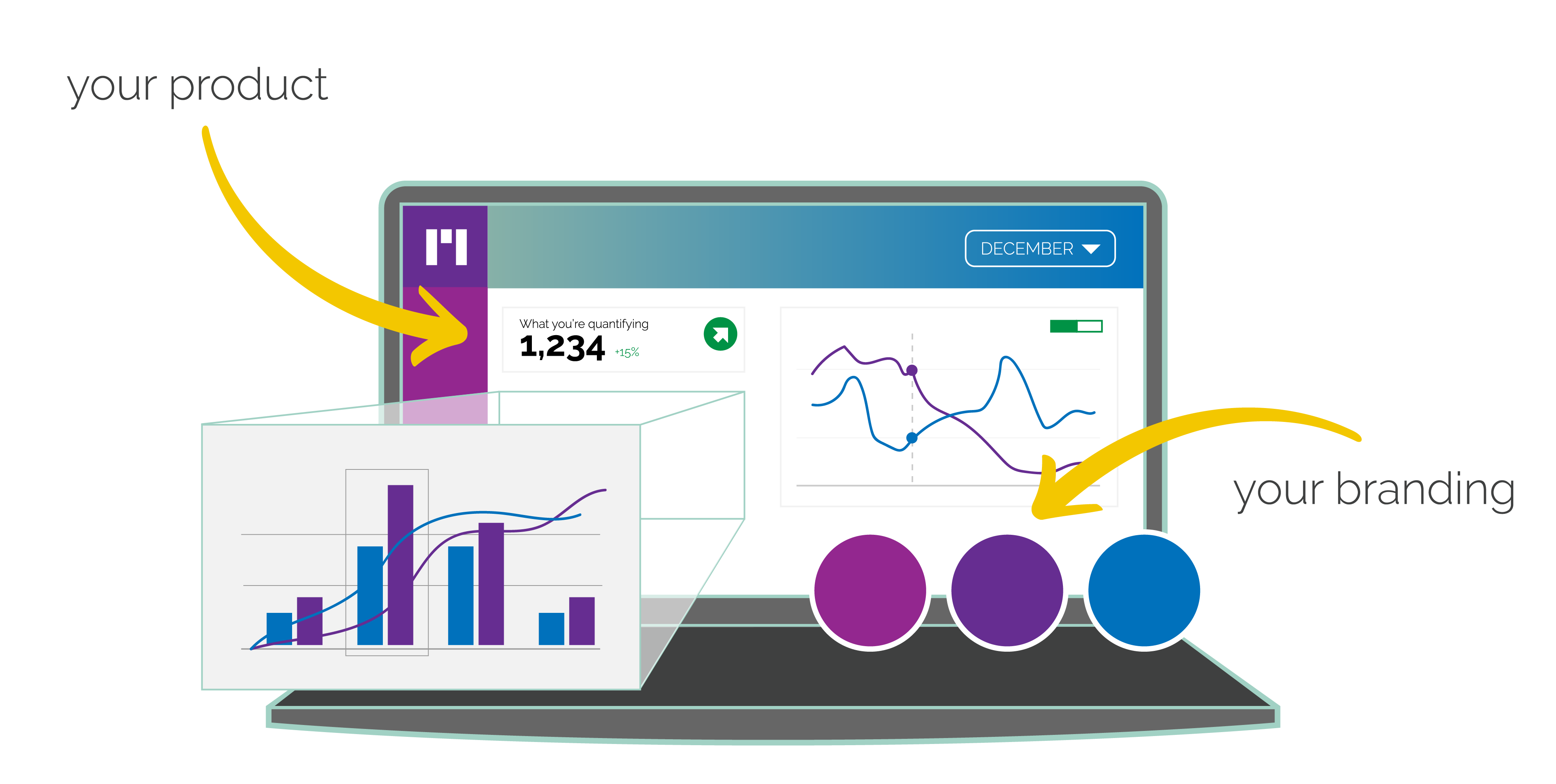
Definition
Embedded analytics refers to the integration of data analysis and visualization capabilities into another software or application.
For example, it is possible to integrate real-time reporting or dashboard functionality, allowing a user to analyze data from the application into which the analytical platform is integrated.
Here, for example, thanks to our technology we integrate a data visualization dashboard into our blog article :
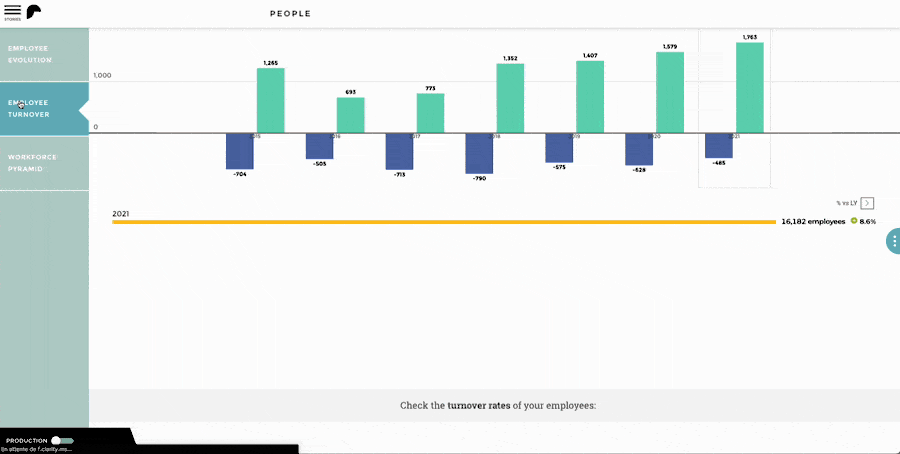
6 Ways Embedded analytics can help your growth
With COVID-19 subsiding in severity and multiple industries returning to their pre-pandemic growth trajectory, businesses are looking to restart operations in the most effective and efficient way possible. This is where data and embedded analytics can play a critical role.
By accessing, analyzing, and interpreting your product data, you could surface hitherto untapped value for your users. What’s more, this isn’t a plan for an uncertain tomorrow – it’s something that comes into play right here, right now.
And don’t just take our word for it.
A recent report showed how a giant VC round just happened with the company doubling its previous valuation. Here’s what one of these VCs, Matt Jacobson from ICONIQ Capital and Collibra board member, had to say – outlining the reasons behind the investment.
“There is an increasing urgency for enterprises to harness their data for strategic business decisions. Collibra (the company raising funds) empowers organizations to use their data to make critical business decisions, especially in uncertain business environments.”
And so, we at Toucan decided to peruse a vast repository of research around crisis management. We studied key takeaways, patterns, and trends, to offer you this 6-pronged strategy for leveraging embedded analytics success in these complex times.
.webp?width=519&name=illus-usp-1%20(3).webp)
1. Why less is now more
History tells us that any pandemic or economic meltdown of this magnitude creates a fundamental paradigmatic shift. Companies reassess their priorities, resource constraints are strengthened, and the general overarching instruction is to maximize the potential of what’s available.
This is where white-label embedded analytics becomes literally a no-brainer since it leads to high productivity coming in 2 forms:
Your teams focus on what they do best with the right tools :
- Developers on core R&D vs custom development
- Customer Success on user engagement and retention vs building Excel and PPTX reports
- Your users have direct access to insights brought to them through your product
2. Analytics for SaaS Become a must-have
As SaaS companies try to navigate through this period, your product has both the opportunity and the obligation to become gradually a vital instrument for analysis and change.
Katie George, a senior partner at McKinsey, said that analytics could help change how businesses operate. This is because embedded analytics allows decision-makers to dig deeper into the cause and effects of the recession, pointing out key openings for positive change.
As a product-based company, you would want to offer genuine support at this time, acting like a compass of sorts, helping your customers manage their journey through this terrain better equipped with key insights and data.
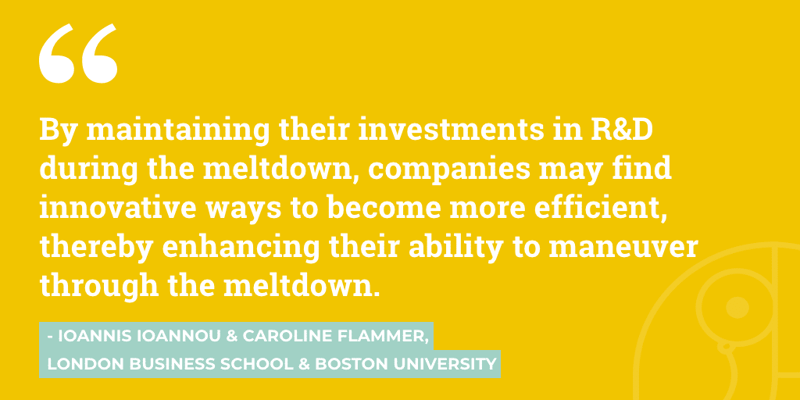
By embedding an analytics layer in your software, you give your customers access to your partner R&D without bearing the burden and uncertainty of it.
Take the example of one of our client which is field service management software with a razor-sharp focus on innovation. It started with pure-play operations management, has the data and expertise to provide its users with benchmarking guidance. For its users, the burning questions are: How is my company faring vs my peers? Lacking other references this benchmark is priceless for a manager.
Different role-based dashboards powered by embedded analytics could answer these questions and more.
3. Proving the value created by a SaaS product
Today, more than ever before, companies will insist on value-creation, ROI optimization, and tangible on-ground impact. This is why your products must demonstrate a truly game-changing value/ROI influencer.
In other words, embedded analytics can help to fine-tune the capacities and relevance of your products, explaining this better to your customers, leaving zero room for uncertainty and obfuscation. Breaking this down:
- During the sales process: the value your product creation is made obvious by analytics packaged in your product. It’s a no-brainer for the user to understand the impact, quantify it, and share it internally. You simplify your champions’ job.
- In production: your users are autonomous to navigate through the product insights you deliver them. They use your product to support decision-making vs using excel and PowerPoint presentations based on your product data. Your product is no longer in the shadows for key decision-makers. The value it creates is made obvious.

4. Retention is your first growth tool
So, if analytics is on your users’ wishlist and you’ve pushed back until now embedded analytics is a way to show your user base that you listen and ensure their fidelity during the coming months.
If companies screen their investments in search of cost-saving you want your SaaS product to be so frictionless that they would not even think about unplugging you.
So now’s the time to address these requests, respecting your existing user base before you even look at new customer acquisition.
And now you know that regarding analytics and dashboarding not having the necessary bandwidth internally is not an issue: you just have found the right partner.
5. Get up and get going
The modern global business landscape was always about speed. However, in this climate, time is of the essence. Companies are paring down resources, desperately looking for solutions that can tide them over this period.
On the other hand, some aspire to a solid strategy that offers a head start in the event of another such crisis. But whatever your objective (sales increase, customer satisfaction, …), if your implementation takes months, this is probably not what you should focus on in times of uncertainty.
So, as you have no or very little visibility, you need fast time to market.
This is why it is so important to rapidly move forward with your product upgrades, adding the tools and hacks you know your customers need and will cherish.
There is a host of research that points at how embedded analytics solutions help companies and SaaS companies bypass the internal building stage, letting them hit the ground running, powered by white-label analytics tools.

“We found that companies who eschewed internal builds in favor of an embedded solution were able to go live with hosted analytics functionality in an average of three weeks – homegrown builds were projected to require, on average, 6 to 8 months,” confirms a 2019 report by Nucleus Research.
Financial service enablers have already perfected this. Software companies like PricingHub, Onbrane, and others in the sector are able to stitch on new functionalities in just a couple of weeks.
In short, whatever great solution you think you have if you need 6 months implementation time, you should probably move to the next idea.
6. Don’t fret about the risks – just manage them
Regardless of what you do, this is a year when risk and the possibility of loss are ever-imminent.
But that doesn’t mean you have to step back and put the brakes on your productivity plan. On the contrary, it’s a good idea to use embedded analytics to offer your customers the ability to track, monitor, and empower their business, without interrupting your technical team.
What’s more, with the embedded analytics solution as Toucan, our business model is yours. So it’s a variable cost that adapts to your growth or lack of it. In short, we share the risk.
On the other hand, if you develop your own embedded analytics, you have to pay/ hire a team, which is a fixed cost, and you bear all the risks.
As Pierre-Antoine Glandier, CPO of Libeo, a bills management software, puts it:
“Well until now we’ve developed most of our product in-house. But we knew that analytics was going to be different because of the sheer cost and complexities of those features. And we trust Toucan to help us build such analytics.”
Given so many variables, what is the most low-risk route?
White-label embedded analytics could help you switch to a more flexible cost model, where you can scale your feature (and your investment) based on the actual number of users you reach, the actual value you create.
Closing Thoughts: The Road Not Taken and The Risks of Playing it Too Safe as Saas companies
A recent analysis by Bain pushed the clock back by a hundred years or so, to the great recession. It showed that leading companies refused to buckle under the strain, pivoted intelligently, and saw earnings climb steadily both during and after the crisis.
So, what is the right call or the most pragmatic choice for you at this moment?
There are some who would suggest that a “retraction strategy” is the best bet. This means severely clamping down on resources, spending and innovation, and holding the fort with a firm but highly conservative grip.
The rub? You could possibly come out unscathed, but definitely never the same again.
On the other hand, there will be those who believe that even the darkest clouds can lead to refreshing possibilities. Instead of shutting shop, they will constantly hunt for new opportunities, intelligent and cost-effective workaround, all powered by the newest technologies at hand.
At Toucan, we believe that the latter is the true way forward. This calls for companies to –
- Be ready for self-funded transformation projects that are easy to action.
- Start automating wherever and whenever you can.
- Finally, and most importantly, plow data for insights and decision-making.
This spirit of innovation, aspiration, and an unwavering commitment to tech-led value addition, is the real way out. In many ways, it will help businesses weather the storm and survive the post-COVID-19 world.




